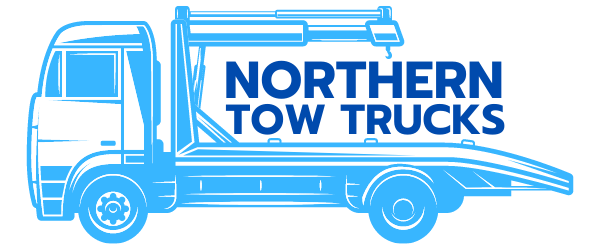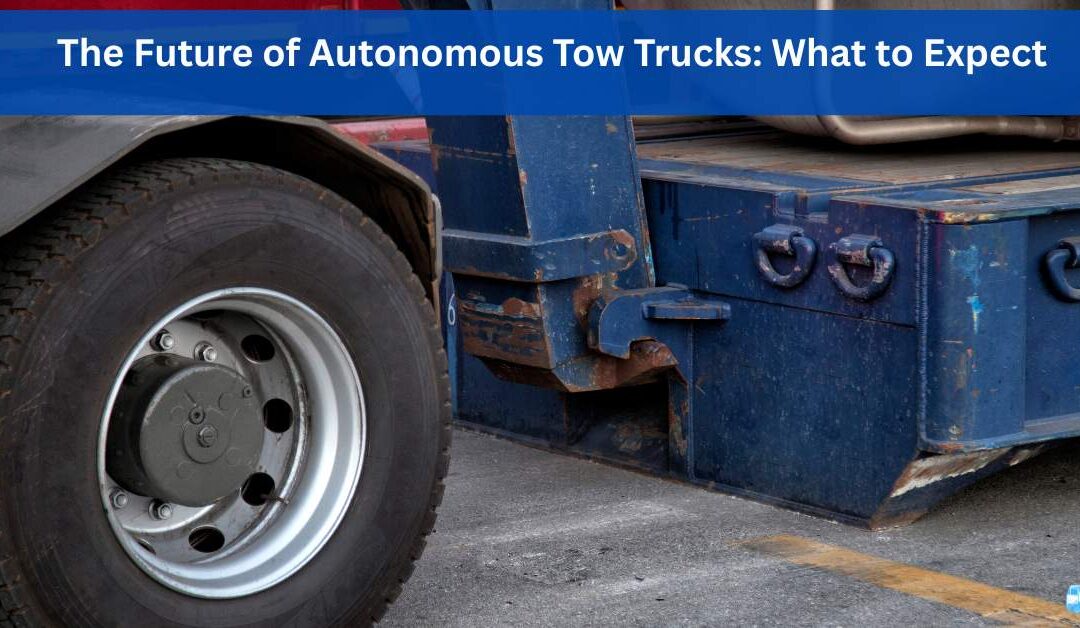Autonomous technology is transforming the transportation industry, and the towing sector is no exception. As self-driving vehicles become more advanced, the concept of autonomous tow trucks is moving from science fiction to a near-future reality. Although we’re still in the early stages, the implications of automation for towing operations are profound. From safety and efficiency to labor savings and round-the-clock response, autonomous tow trucks could revolutionize how roadside assistance and vehicle recovery are performed.
Current Developments in Autonomous Technology
Self-driving technology has already found its way into consumer vehicles, commercial trucks, and last-mile delivery systems. Using a combination of sensors, artificial intelligence, cameras, and radar, autonomous systems can navigate roads, detect obstacles, and respond to traffic conditions. Several companies are actively testing self-driving commercial vehicles, including semi-trucks, and some are exploring the potential for automation in recovery and towing operations.
In the context of towing, early prototypes have been shown to successfully navigate to a broken-down vehicle, assess its position, and use robotic arms or automated systems to lift and tow it to a designated location. While these systems are not yet widespread, the groundwork is being laid for broader integration within the next decade.
Improved Response Time and 24/7 Service
One of the most compelling benefits of autonomous tow trucks is the potential for quicker response times and around-the-clock availability. Without the need for human drivers, autonomous vehicles can operate 24/7, responding to calls even in the middle of the night or during harsh weather conditions. When combined with smart traffic management and GPS tracking, these vehicles could be dispatched automatically and navigate efficiently to the scene.
This round-the-clock capability would be especially valuable in urban areas or high-traffic zones where breakdowns and accidents cause significant delays. Automation could streamline dispatch systems and reduce downtime, improving customer satisfaction and minimizing disruption on the roads.
Safety Enhancements and Risk Reduction
Tow truck operators often work in dangerous conditions — on busy highways, in poor weather, or at night. By removing the human element from high-risk scenarios, autonomous tow trucks could significantly improve safety for recovery personnel. The truck could handle the initial approach and stabilization while human operators remain at a safe distance or control aspects remotely.
Additionally, automation could reduce accidents caused by fatigue or human error. With built-in safety systems and real-time decision-making, autonomous trucks could more accurately follow traffic laws, avoid obstacles, and maintain safe distances from other vehicles.
Challenges and Limitations
Despite the promising potential, several challenges still stand in the way of widespread adoption. One major issue is the complexity of recovery scenarios. Unlike driving in a straight line, towing often involves navigating unpredictable environments — like ditches, narrow alleys, or off-road areas — which are harder to automate.
The mechanical process of hooking up a vehicle, especially if it’s damaged or flipped, currently requires human judgment and hands-on experience. While robotic arms and remote-control systems are being developed, full automation of these tasks is still a technological hurdle.
Legal and regulatory issues also play a role. Governments will need to establish clear laws around liability, insurance, and operational standards for autonomous recovery vehicles. Public trust is another factor; customers may hesitate to rely on a driverless machine during a stressful roadside emergency.
The Role of Human Operators in a Hybrid Future
It’s likely that the near future will not see a complete replacement of human tow truck drivers but rather a hybrid approach. Semi-autonomous tow trucks may handle navigation and positioning, while human operators manage the more delicate or complex aspects of the recovery. Remote-controlled equipment could allow technicians to operate safely from a distance, reducing risk while maintaining control.
This hybrid model could improve efficiency without eliminating jobs. In fact, it might even create new roles — such as remote vehicle operators, maintenance technicians for autonomous systems, and specialists in AI fleet coordination.
Conclusion
The future of autonomous tow trucks is both exciting and transformative. While full automation is still years away, the progress being made today points toward a smarter, safer, and more efficient towing industry. As technology advances, we can expect to see a blend of human skill and machine precision working together to deliver faster and safer roadside assistance. For fleet owners and operators, staying informed and adaptable will be key to thriving in this new era of autonomous towing.
Northern Tow Trucks
620 Canning St
Carlton North VIC 3054
(03) 7064 2500

